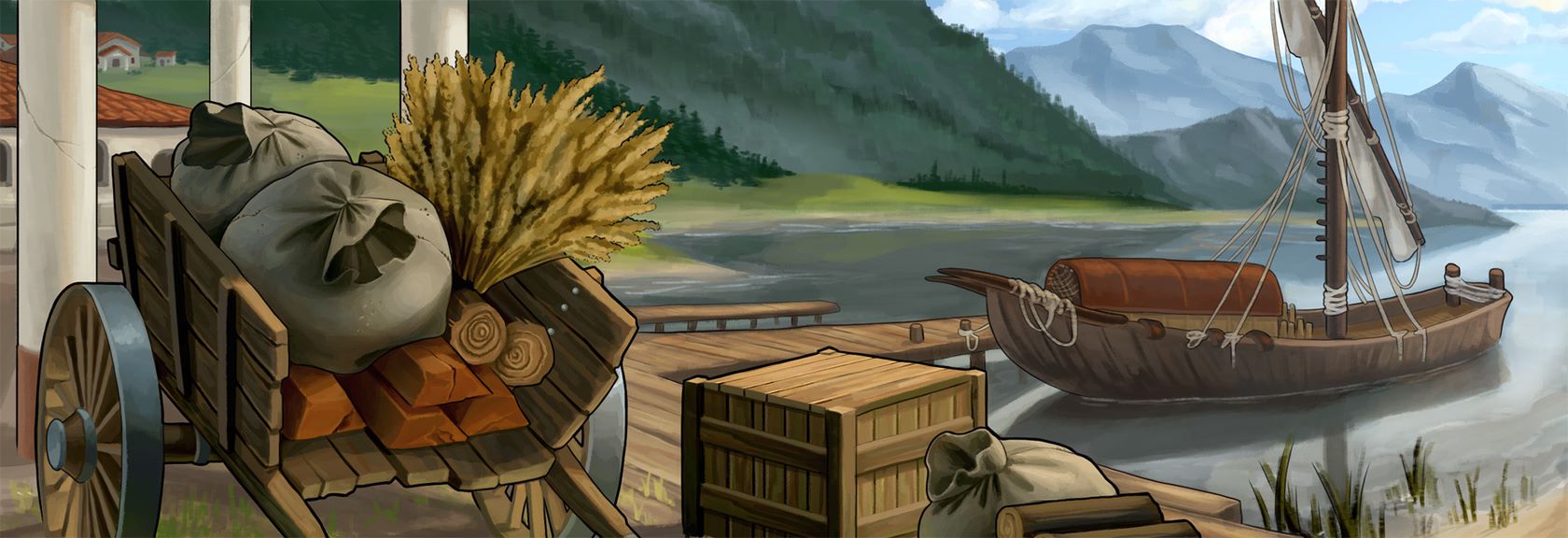
Harbors and ships are now a common feature in Travian: Legends scenarios featuring the Ancient Europe map, such as the Annual Special, New Year’s Special, and certain Community Week worlds. Let’s look into ship movement mechanics and answer some frequently asked questions.
Harbor Villages
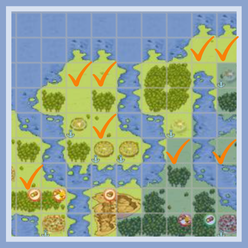 Harbors can only be built in the tiles located along the shores, adjacent to Deep Waters. Once a harbor is built, you can send trade, raid ships and warships to other destinations across the map.
Harbors can only be built in the tiles located along the shores, adjacent to Deep Waters. Once a harbor is built, you can send trade, raid ships and warships to other destinations across the map.
Deep Waters
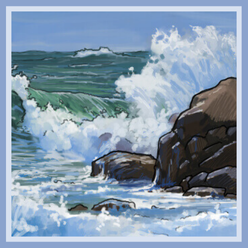
Unlike oases or small lakes found in inland areas, Deep Waters are mapped directly from the real-world landscape.
In scenarios that contain Deep Water/Ship movement the map is „flat“ — meaning you cannot use the edges of the map to shorten travel times. For example, in previous versions, you could move quickly from Volubilis to Caledonia by crossing the map’s edge. Now, you’ll have to take longer, more realistic sea routes using ships.
Ships key features and speed
- Ship Deployment: Ships can be sent from harbors to any tile, whether harbor or non-harbor.
- Fixed Deep Water Speed: All ships (war, raid, and trade) travel at a fixed speed of 18 fields per hour (x1 game worlds) in deep waters. For faster game worlds, the speed scales: 36 fields per hour (x2-x5 worlds) and 72 fields per hour (x10 worlds)
- Land Speed: Ships follow the speed of the slowest land unit when traveling on land, which may be affected by hero items, artifacts, and the tournament square.
- Trade Ship Speed: Trade ships have the same base speed of 18 fields per hour (x1 speed worlds) in deep water. On land, they follow the merchant speed for their tribe.
Bonuses
- Deep Water Movement Bonuses: Deep water movement is not affected by bonuses like hero items, Tournament Square or artifacts, except for the Hero item „Map“, which reduces the return time also across deep waters.
- Alliance Commerce Bonus: This bonus increases the speed and capacity of both merchants and trade ships. Speed increases by 30%, 60%, 90%, 120%, or 150%, depending on the alliance’s Commerce bonus level. The bonus affects both outgoing and return trips.
- Viking Raid Bonus: Viking ships have a special ability that allows them to move faster (24 fields per hour on x1 worlds) during raids in deep waters. This bonus does not apply to other types of movement, such as reinforcements, trades, or attacks.
Tribe |
Warships(Deep Water) |
Trade Ships(Deep Water) |
Trade Ships(Land) |
|
18 fields/hour | 18 fields/hour | 24 fields/hour |
|
18 fields/hour | 18 fields/hour | 12 fields/hour |
|
18 fields/hour | 18 fields/hour | 16 fields/hour |
|
18 fields/hour | 18 fields/hour | 16 fields/hour |
|
18 fields/hour | 18 fields/hour | 14 fields/hour |
|
18 fields/hour | 18 fields/hour | 20 fields/hour |
|
18 fields/hour (24 on raids) | 18 fields/hour | 18 fields/hour |
Pathfinding Mechanics
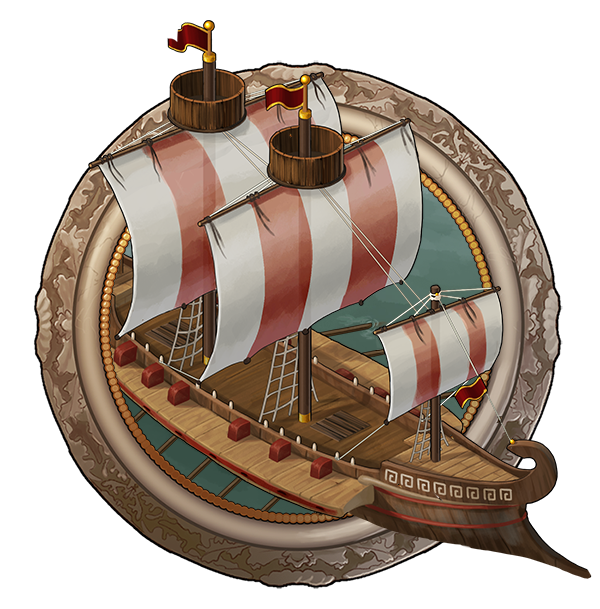
- Deep water speed: Always fixed at 18 fields per hour (x1 speed worlds).
- Land speed: Determined by the slowest unit in the army and can be affected by artefacts, hero tribe bonuses, hero items, and the tournament square.
- Tournament Square: Affects land movement after 20 tiles have been crossed but has no effect on deep water travel.
Example Speed Calculations
All calculations are based on a land unit speed of 3 fields per hour (the speed of catapults in x1 game worlds). Examples below show how ship movement speed is determined by the proportion of land to deep water tiles in the journey.
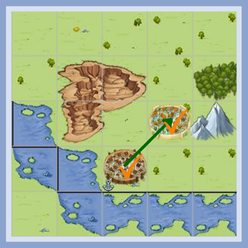 |
|
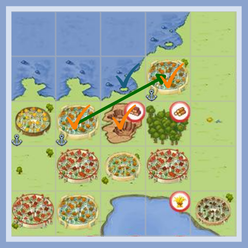 |
|
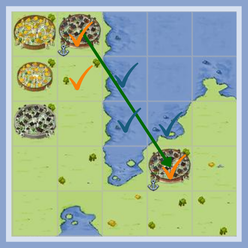 |
|
In-game travel simulator and a Blueprint

For those developing external tools, we’ve prepared a blueprint of the European map. The blueprint is a 401×401 pixel grid, where each green pixel represents a land tile, and each blue pixel represents a deep water tile. This can be used to simulate routes and calculate travel speeds across different terrains. Click on the image to see blueprint in a full size.
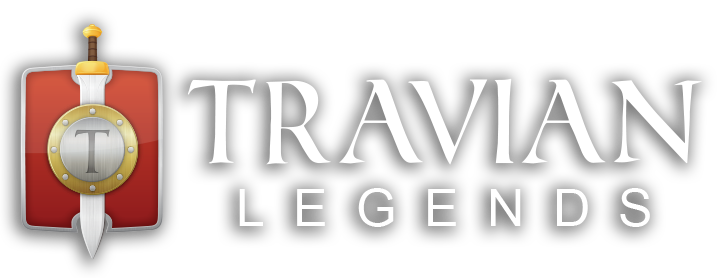
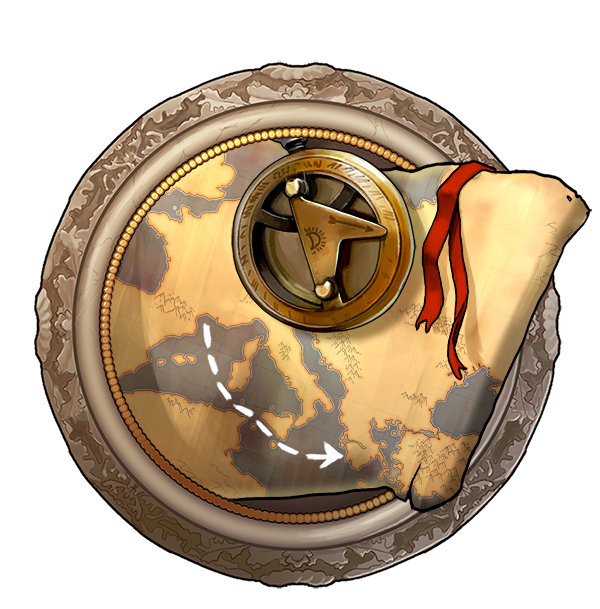
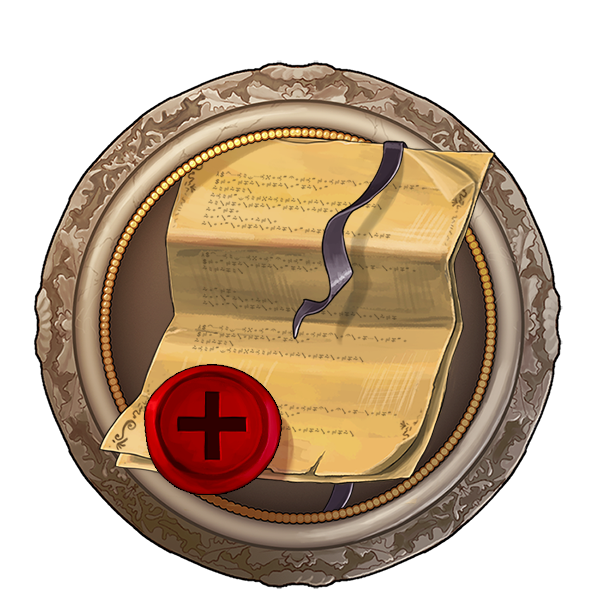
 Gauls
Gauls Teutons
Teutons Romans
Romans Egyptians
Egyptians Spartans
Spartans Huns
Huns Vikings
Vikings